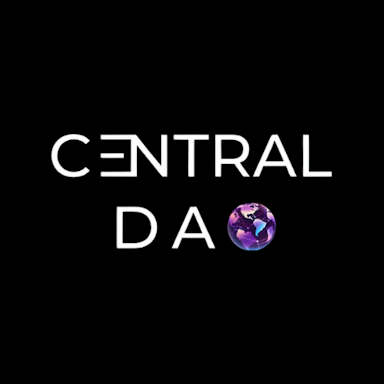Central DAO presents 'All About Web3'
A series of newsletter that’ll make you a Web3 Wizard. Publishing #3
'All About Web3' series of publishing that’ll make you a Web3 Wizard. In the Publishing #3, we’ll take you from the 'Adoptance of Blockchain/Bitcoin to the Rise of Web3'
Click to check out the Publishing #2

Publishing #3: From the Adoptance of Blockchain/Bitcoin to the Rise of Web3
The introduction of blockchain technology solved the fundamental issues of centralized digital currencies, but its potential didn’t stop there. In 2015, Vitalik Buterin, a visionary developer, realized that blockchain technology could be used for more than just digital money. His idea was to leverage blockchain’s decentralized nature to build a new kind of internet—one that was free from the control of centralized entities like Google, Facebook, or governments.
This new vision was called Web3. Unlike the traditional internet (Web2), where centralized companies control platforms and data, Web3 empowers users to control their own data, assets, and interactions. Buterin’s creation, Ethereum, became the foundation for this decentralized internet. Unlike Bitcoin, which was designed specifically for financial transactions, Ethereum allowed developers to create decentralized applications (dApps) that could run on the blockchain.
With Ethereum, developers could use smart contracts—self-executing contracts with the terms of the agreement written directly into code—to build applications that were transparent, secure, and resistant to censorship. This opened up a whole new world of possibilities beyond digital currencies.

Here are some examples of how Web3 and dApps are transforming various industries:
DeFi (Decentralized Finance): Traditional financial systems are often exclusionary and controlled by powerful institutions. DeFi applications aim to democratize finance, allowing anyone with an internet connection to access financial services like lending, borrowing, and trading without needing a bank. This is especially important for people in underbanked regions or those who distrust traditional institutions.
SocialFi (Decentralized Social Media): Unlike platforms like Twitter or Facebook, where a company controls your data and interactions, decentralized social media gives users control. For example, users own their content and networks, and no central authority can ban them or exploit their data.
GameFi (Decentralized Gaming): In traditional gaming, players don’t truly own their in-game assets—game companies do. GameFi allows players to own, trade, and sell their in-game items as real assets, giving them more control and ownership over their gaming experience.
Decentralized Storage: Instead of relying on a company like Google or Amazon to store data, decentralized storage networks allow users to store and retrieve their data securely and privately, without a central point of failure.

Web3 promises to create a fairer, more transparent, and more secure digital world—where users, not corporations or governments, hold the power. The rise of Ethereum and the decentralized web represents the next evolution of blockchain technology, taking us from the early days of cryptography during World War II to a future where the internet is built by the people, for the people.
Hope you like the Publishing #3 of 'All About Web3'
Thank you for taking out time to read Educational Bite by Central DAO
Love this post? Collect it now it's FREE!


